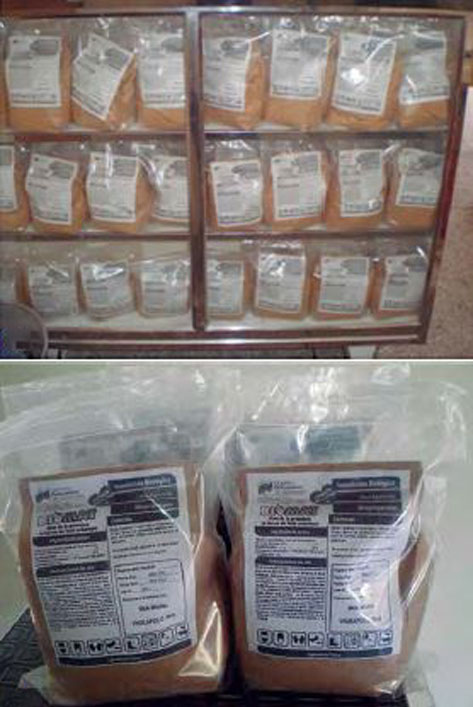Vigrapolg biopesticide based on granulovirus for management of the Guatemalan moth
Abstract
The potato moth, Tecia solanivora (Lepidoptera: Gelechiidae), also known as the Guatemalan moth (Figure 1), has caused economic losses in the Andean countries (Venezuela, Colombia and Ecuador) and recently in the Canary Islands (Spain). The spread of this pest from Central America to the currently affected regions has been carried out through seed tubers, causing damage both in the field and in the warehouse, reducing their quality, opportunities for use and affecting the marketing of the harvested product (Niño, 2004).
References
Niño L. y A. Notz. 2000. Patogenicidad de un virus granulosis de la polilla de la papa Tecia solanivora (Povolny 1973) (Lepidoptera: Gelechiidae) en el estado Mérida Venezuela. Bol. Ent. Venezuela 15 (1)39-48.
Niño L. 2004. Revisión sobre la polilla de la papa Tecia solanivora en Centro y Suramérica. Revista Latinoamericana de la papa. (Suplemento Especial). p. 4-18.
Niño L., V. Santiago, L. Prieto y E. Acevedo. 2008. Producción masiva de larvas de Tecia solanivora infectadas con el virus de la granulosis PhopGV (Aislamiento Venezuela) en condiciones de laboratorio en Mérida, Venezuela. V Congreso Internacional de Control Biológico. Realizado en Mérida 25 al 27 de noviembre de 2008. (Memorias).
Tanada Y, H. Kaya. 1993. Insect pathology. New York. Academic Press. 623 p.


